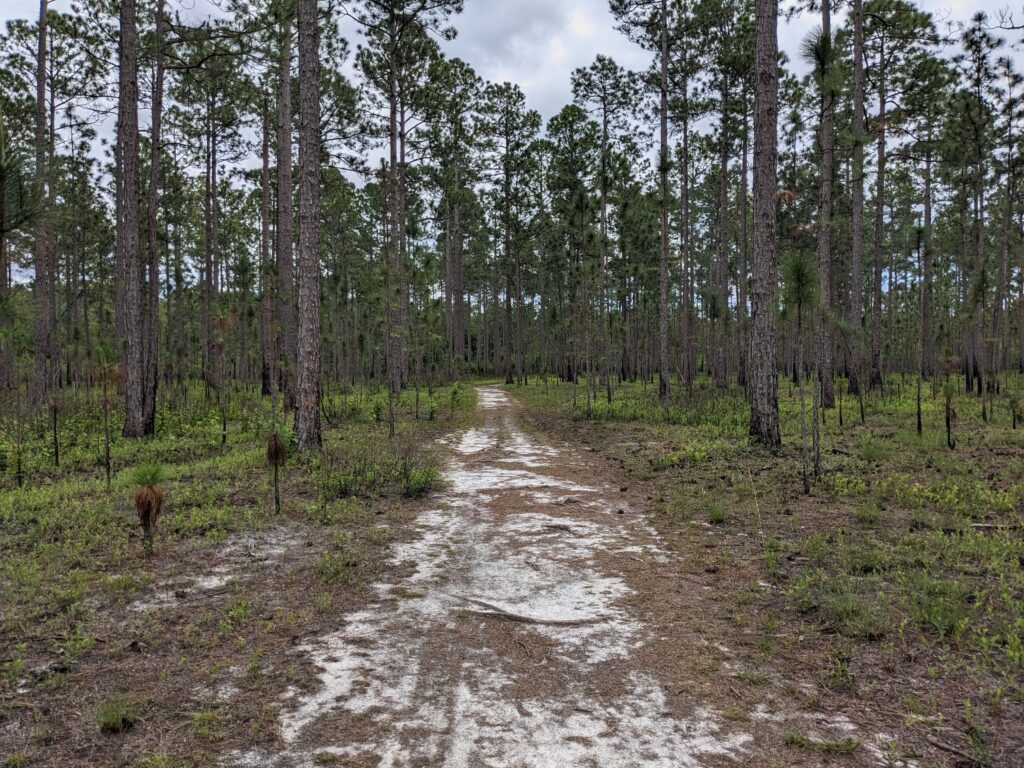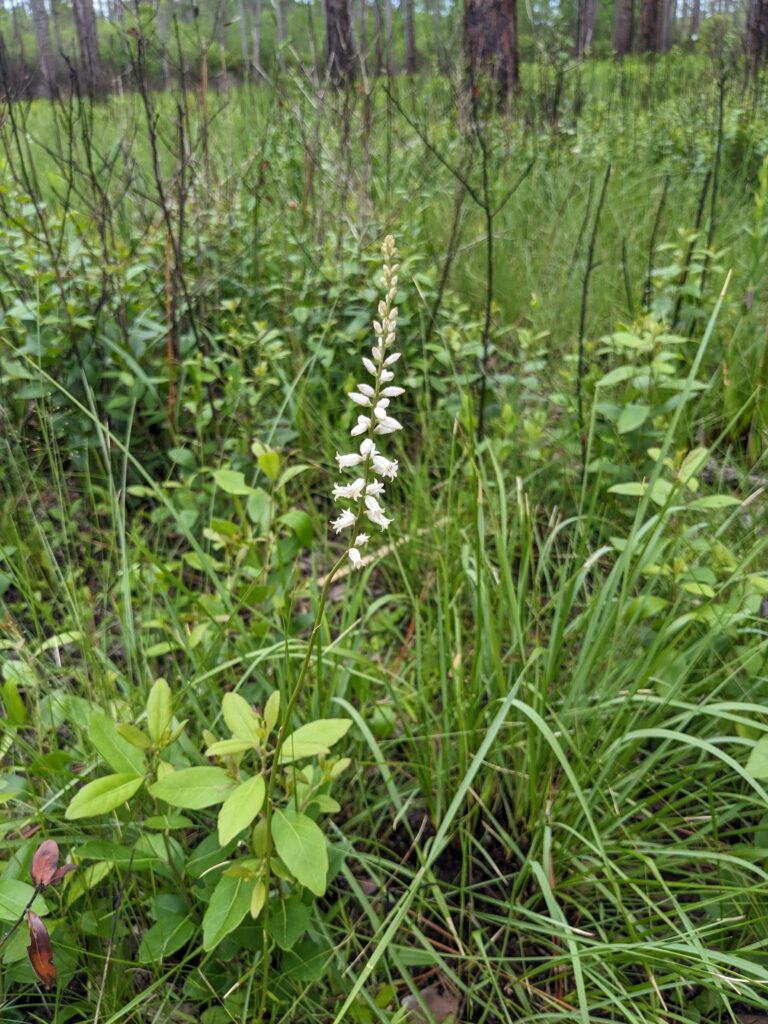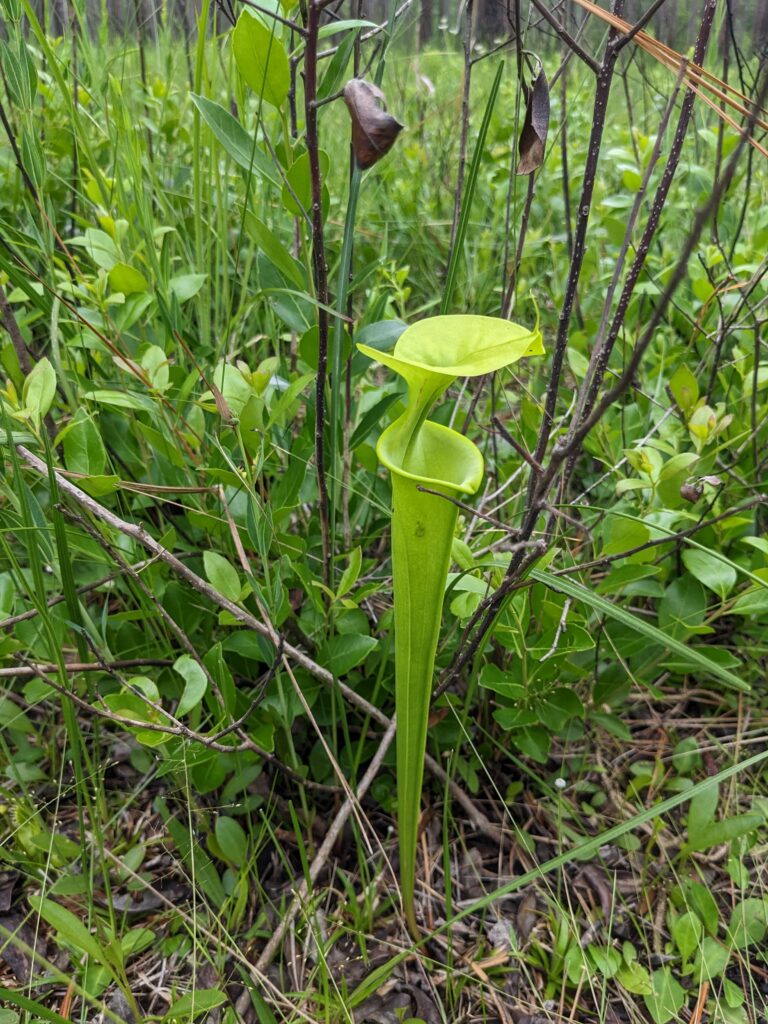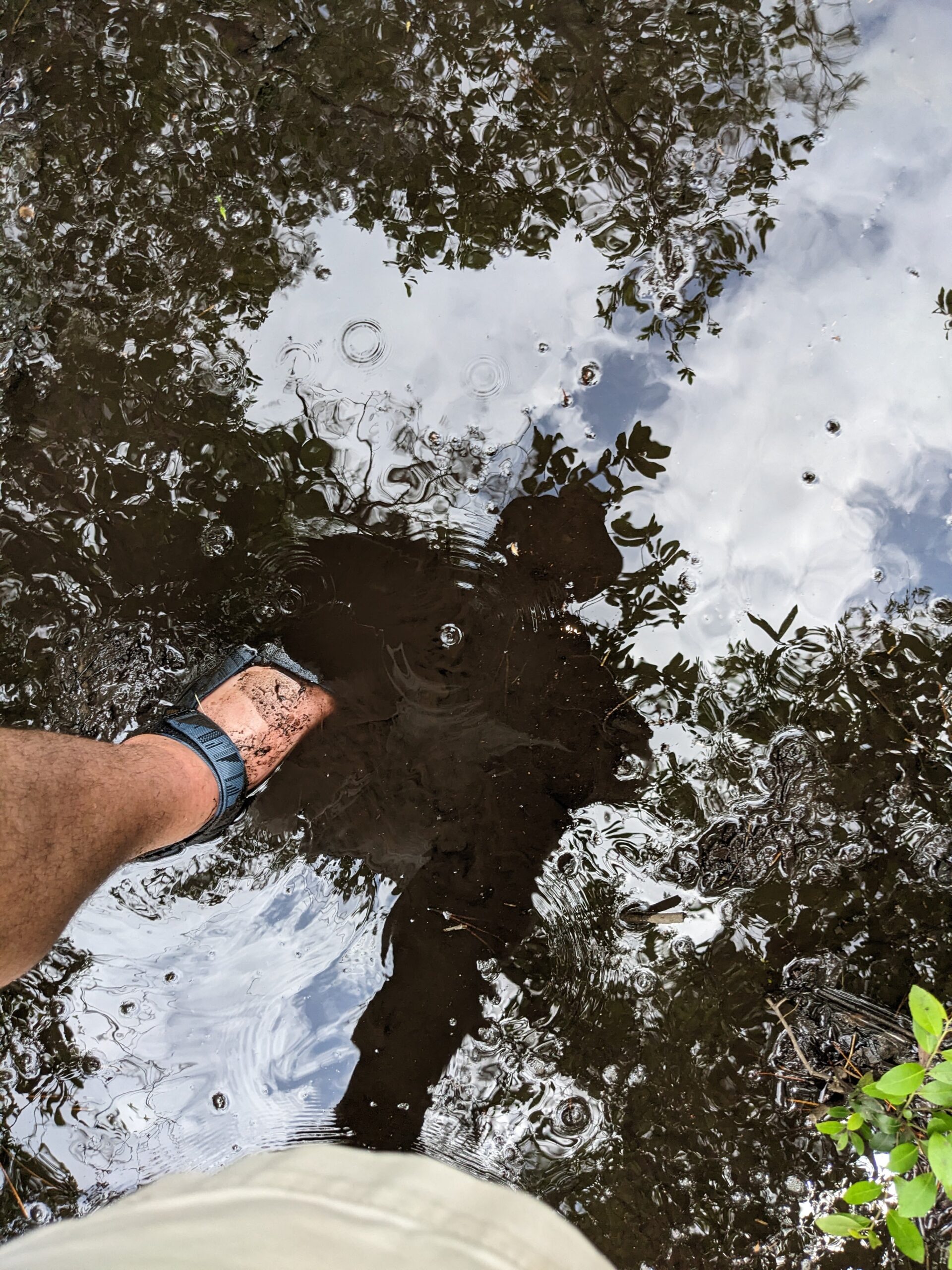“To think that plants ate insects would go against the order of nature as willed by God.” — Carolus Linneaus

This can’t be really about to happen; it wasn’t part of the plan or even on our radar a few hours ago. I don’t even know what even triggered thinking about it. Expedition I was to be the first foray in to boat shopping and hopefully purchasing, not rambling along swampy trails taking pictures of plants and flowers. Yet here we are, after arriving at an unassuming sandy parking lot large enough for about six cars. Thousands of people have probably driven by and never given the spot a second thought or glance.
The only real hint about the hidden gems to be found along the trail is the informational sign right at the trailhead. There! Right in the middle of a collage of plants to look for is a picture that looks like no other self-respecting plant (I’m ignoring Aldrovanda for the sake of this argument); Dionaea muscipula, the Venus fly trap. I’ll spare you the rest of the science lesson on carnivorous plants and leave that to The Nature Conservancy, the non-profit managing this area, Green Swamp Preserve, and educating the public about its wonders.
Frogs are croaking in the pond off to the left, some birds hidden in the trees are having their avian conversation and the crunch of dry pine needles and sand are all I hear. The occasional car whooshing by on the highway a few hundred feet behind me is a non-event; it’s the adrenaline and expectation of seeing something I’ve dreamed of since reading about it when I was probably five or six years old that has me focused on the immediate area and the path ahead.

We walk along the narrowing path and I tell Cindy that it would be easiest to see the flytraps’ flowers, white with five petals on long stalks. We’ve arrived at nearly the perfect time. In a few weeks, they will have all shed these little white flags surrendering their location and go back to hiding among the taller grasses. The path narrows and dips down, gone is the dry sandy peat and we are in to it now. Peaty puddles staccato the trail as we move forward; as we hit a particularly large mucky area, there is now a boardwalk outlined by bright green, fluffy piles of Sphagnum moss; the first signs of an environment favorable to carnivorous plants and terrestrial orchids. The air is thick with the scent of pine, the humic smell of decaying peat and a light floral scent of something in bloom.

We get through this first low area and come out to one of the higher areas, Shoestring Savannah, as per the preserve’s informational leaflet; among the scattered short plants I spot them. Right there. In front of me. Their flush of lime green tall summer leaves and flower stalks are unmistakeable to my eyes. I’ve grown dozens of them over the years, even pollinated the flowers on my captive plants and raised them from seed but this was different, they weren’t isolated in a plastic pot sitting in a tray of water. These plants are sitting right there on the ground in their native habitat and surrounded by their non-carnivorous cousins. Traps in all states, just forming and unfolding for the first time, partially triggered leaves that will slowly open back up over the course of the next few hours and ones that clearly ensnared a meal and are working to absorb nutrients before resetting in a handful of days.

We continued on gawking at orchids and several types of carnivorous plants until the trail dove into what was clearly going to be a wet section. Cindy volunteered to take the dogs back and told me to take my time and see what was ahead. For nearly another hour and a half, I bathed in the experience (at least up to my lower calves) as the trail wound between swampy areas and drier savannas. All told, I ended up seeing hundreds of flytraps, several species of Sarracenia (pitcher plants) and the sticky sundews (Drosera species) representing Team Carnivore, orchids, skinks, woodpeckers and what I’m guessing was a black rat snake.
It’s the journey, not the destination; my goal wasn’t to simply walk the trail and go home. I wanted to live in the moment and etch it indelibly in my mind. This day is now linked with a vast number of memories spanning decades. The reading of some random book on terraria and houseplants that first introduced me to carnivorous plants that triggered my fascination. The elementary school science fair project that fueled deeper research and the joy of sharing that acquired knowledge with others. Hours of poring over Carnivorous Plant Newsletters and a small library of books on the subject of these plants. Growing over 100 species of carnivores and watching nondescript tendrils inflate into prey-trapping structures; seeing leaves curl, fold and grab their prey. The discussions with Joe G. and Tom B. and others across the globe over the years. The realness of this has made the abstract concrete. And I can tell you that the memories of today will persist for years.
At one point, I just stood there alone in one of the clearings and took it all in. This is what it looked like. While I could probably speak of everything I saw for twice as long as that hike took, I leave you with a few pictures and a video. They don’t do it justice, but imagine yourself there. Imagine, build it up in your mind, and don’t be afraid to visit in person. Don’t worry, the plants won’t bite.




























Omg. Those pictures are amazing.